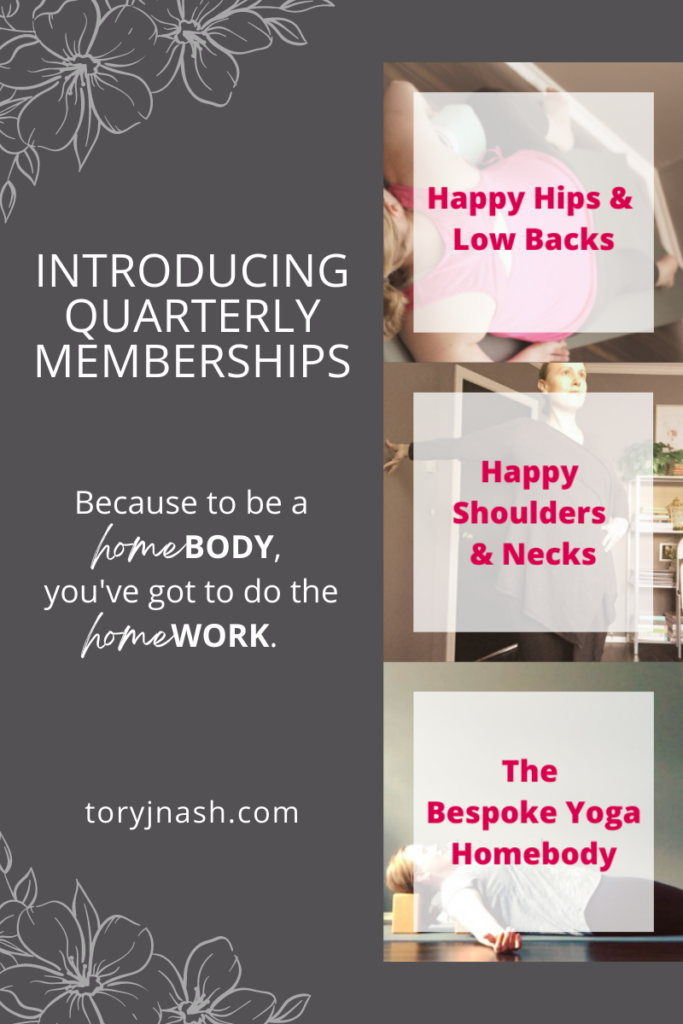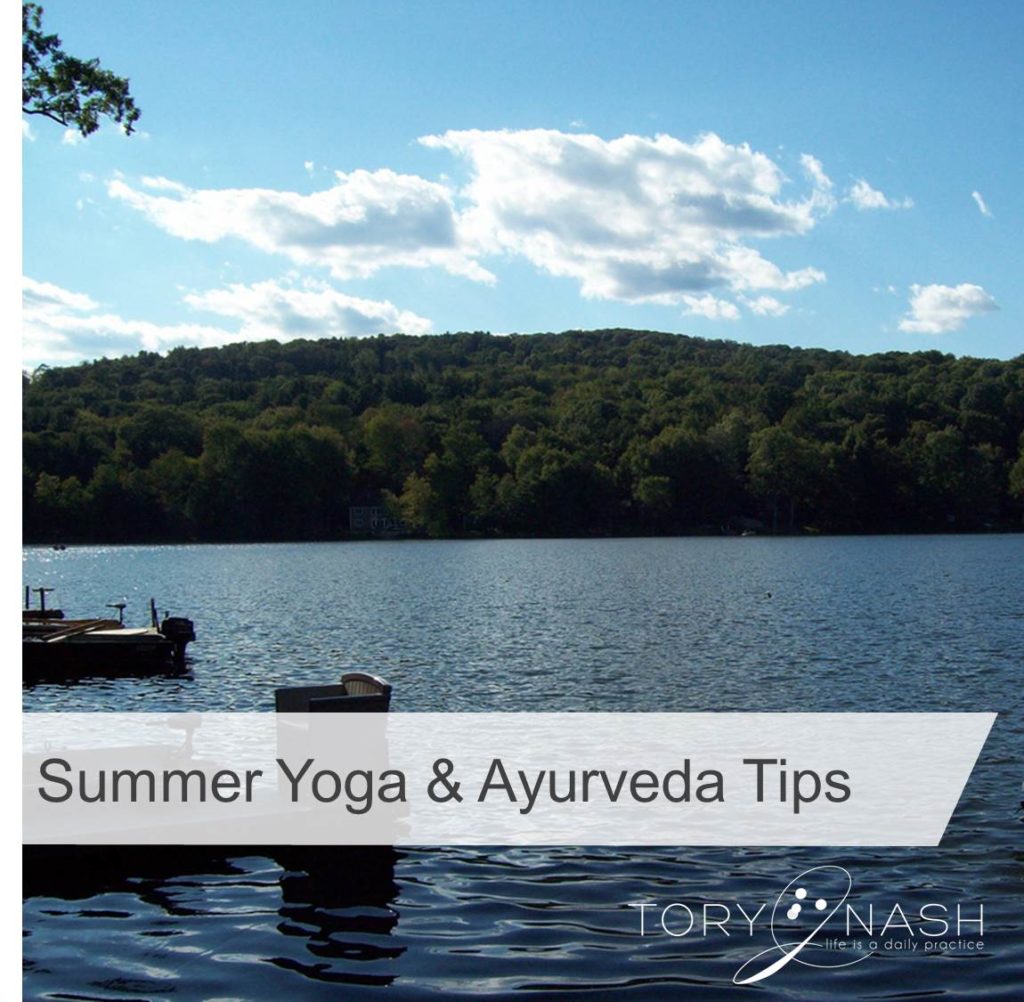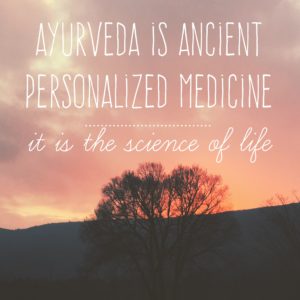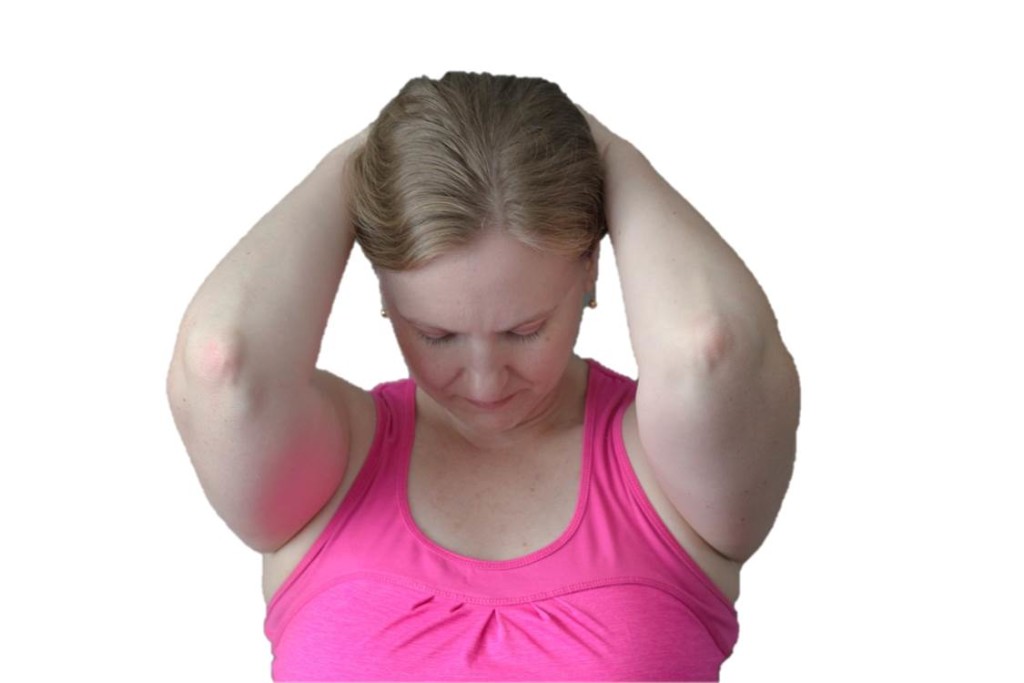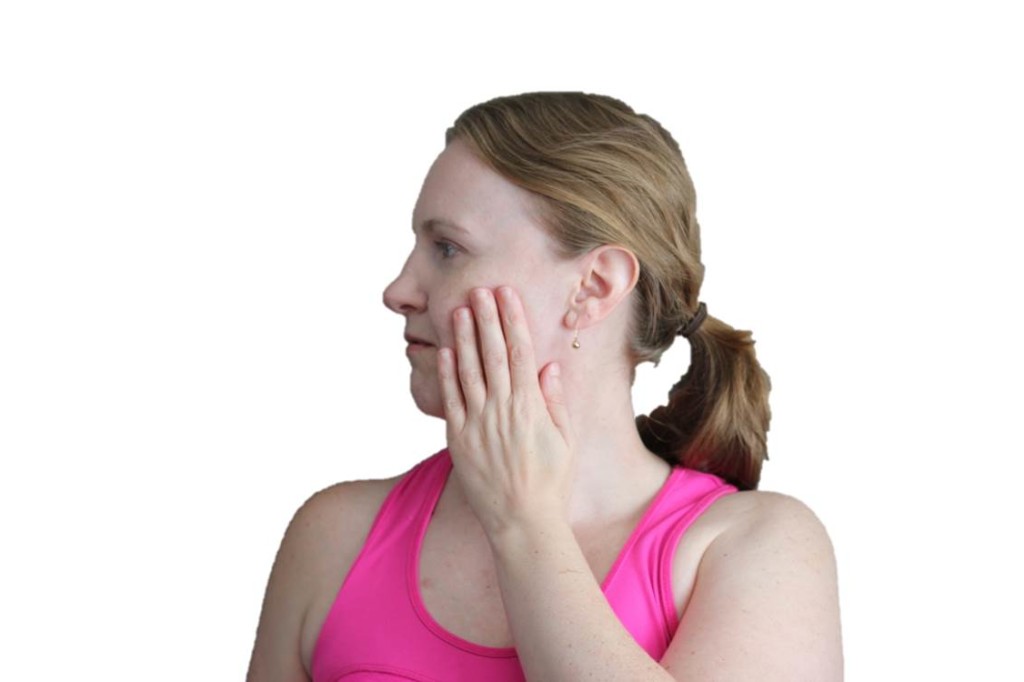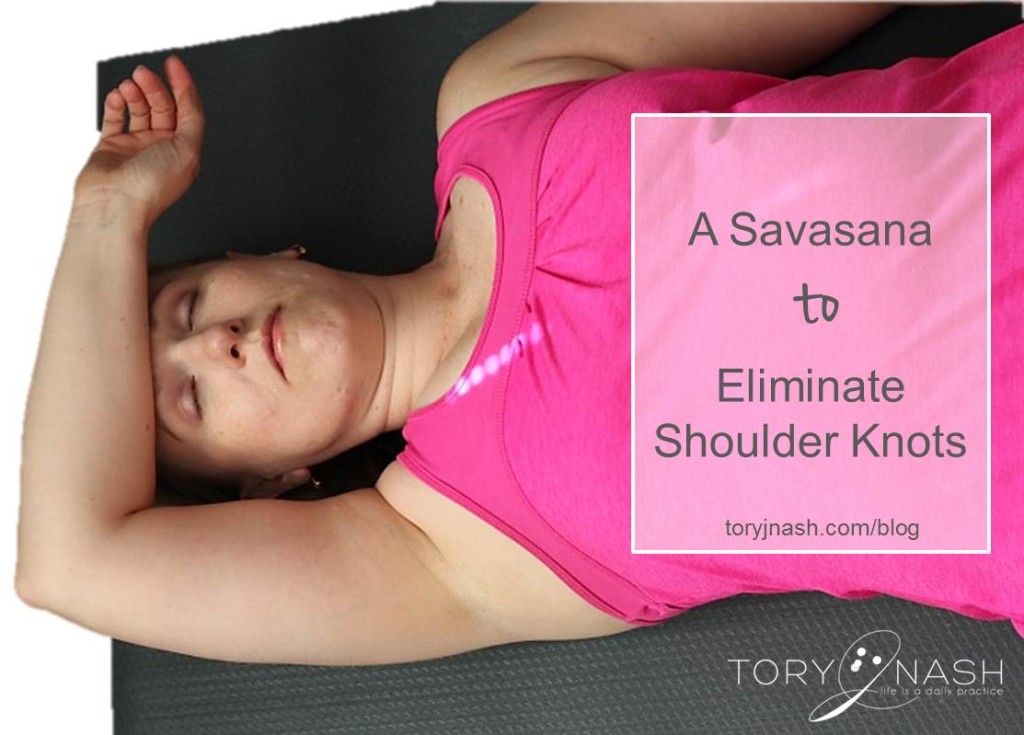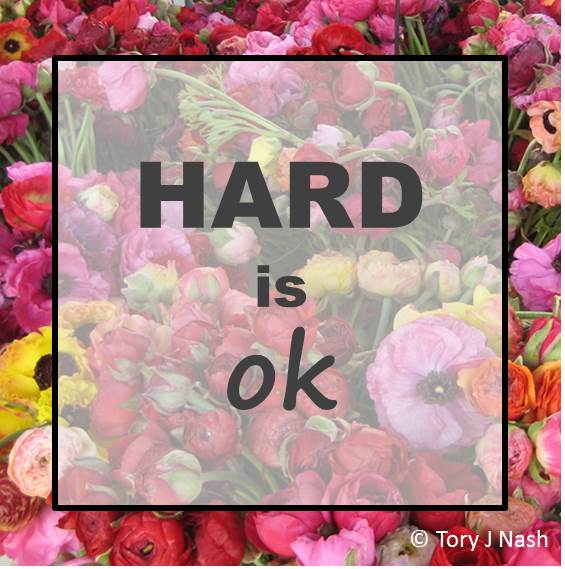This is a pretty long and juicy blog post so grab a mug of your favorite warm beverage and get cozy in your comfiest seat. I’ve got some exciting announcements to share with you today and I don’t want you to miss a thing.
When I recently sat down to start planning 2022 I realized that in March I would be celebrating a big milestone – my 10 year teaching anniversary. Those kinds of events always make me pause and take stock of where I’ve been and where I hope to go.
As I was reflecting on my 10 years of teaching yoga there were several related questions that kept coming to the forefront of my mind. Yes, I teach yoga, but what am I really offering my students? What is it that I do that makes my services so unique and so valuable? How can I better define that framework so that people can see exactly how it could help them too?
Answering those questions led to a massive overhaul of my website at toryjnash.com. It was a huge labor of love – burning the midnight oil a few too many times over the last few months – but it was so worth it. My virtual home now tells the story of what I really offer my students, what makes it so unique and valuable, and how the framework that I’ve developed over the last 10 years can help.
It all comes down to one word – HOME.
I help people become homebodies. I help people feel at home in their body and mind. I help them find deep comfort from head to toe. And I do it all from my favorite place on the planet – my home – through my virtual micro-studio.
Over the years I have learned this: My superpower is breaking down complex ideas into a simple, clear framework that delivers big on helping others bid aches, pains, stress, and tension farewell so that they too can be a homebody.
It all happens within a 3-part framework to help guide the journey home. Connect mind and body. Create balance in the body. Calm the nervous system.
Every service I offer is built around this framework. Yet each service is focused and specific because yoga is meant to be personal and deeply therapeutic. That can’t happen if you’re one person in a sea of 50 bodies. That can’t happen in generic classes where the theme bounces around from week to week. That’s why I am so committed to small group and one-on-one programs that are highly focused and specialized. It is vital that yoga programs take you into account and adapt and change as you grow and change.
When I started to think about the next 10 years of teaching yoga there was one main question that kept popping up for me. What do I really want my students to understand about the practice of yoga so that they can experience the greatest benefits in their body and mind?
The answer to that question was simple. It’s right there in the name of my business, Daily Practice Studios LLC.
I want my students to understand the power of practice and how that is the basis for huge transformation.
A once weekly yoga practice is an amazing place to begin. It’s where most people get started. But in my nearly 10 years of teaching – and 17 years of personal practice! – I’ve found again and again that the people that see the biggest benefits and experience the greatest transformations through yoga are the ones who practice 3-4 times per week.
That’s why I’m taking my services to the next level. I want to make it easy for you to experience that for yourself.
So…..Drumroll, please….
Introducing Quarterly Memberships!!
Each small group program will now be offered as a Quarterly Membership.
A Quarterly Membership supports our studio belief in the power of practice. It supports you in progressing towards feeling more at home in your body and mind through a combination of virtual livestream classes and access to an audio library of class recordings. Now you can do your HOMEWORK – did you see what I did there? – practicing each class as often as you’d like through the end of the quarter.
Practice the early foundational sequences of the quarter 2-3 times between livestream classes to reap the most benefit and to set yourself up for long-term success. Then as the classes build and expand – and, most importantly, as you get to know your body and mind better than ever before – you can zero in on what you most need to do for your weekly homework assignments. This allows you to further customize your small group program to your specific needs.
Did you find a class especially beneficial in improving how you feel? Did you find a class especially difficult and want to improve your ease? Now you can practice them – or even segments of a class – over and over throughout the quarter to help support your progress towards achieving homebody status.
A Quarterly Membership to a small group program does cost a bit more than a typical weekly yoga class but it gives you so much more too. You first get the incredible benefit of a highly specialized therapeutic small group program. On top of that are the remarkable benefits of a two, three, or four day a week practice – or maybe even daily! hint, hint– of these therapeutic classes. It’s an investment in you and your well-being that is hard to put a price tag on. Feeling at home in your body and mind, finding deep comfort from head to toe, is truly priceless and ends up impacting every area of your life.
You might be wondering what small group programs are available as a Quarterly Membership.
First up is Happy Hips & Low Backs! This is right for you if your hips and low back have you feeling like you are far from a happy homebody. Some of these might sound familiar. You are struggling with a low back that aches all the time. You have an SI joint that protests loudly. Your hips are sore at the end of a long day. And it all has left you feeling anxious and overwhelmed.
Then we have Happy Shoulders & Necks! This is right for you if your upper back, shoulders, and neck have you feeling like you are far from a happy homebody. In fact, some of these might sound familiar. Your upper back is filled with tension. Your shoulders twinge every time you try to move them. The pain in your neck has become constant. And it all has left you feeling stressed and defeated.
Now this is very exciting! You can bundle up the two memberships I just mentioned – Happy Hips & Low Backs and Happy Shoulders & Necks – to create Happy from Head to Toe! It gives you some major savings and is the best value in the studio for aspiring homebodies.
Finally, is The Bespoke Yoga Homebody. This is the most customized small group program you can get without investing in a one-on-one yoga program. This is right for you if you have been feeling like you need more focused attention or if you need an even more customized plan. Things are kept very small and very personal- just 6 participants – so we can go deeper within the practice, getting to the root of what each person really needs to feel more at home in their body and mind. All you have to do is tell me your #1 struggle and I’ll build a customized small group program that delivers on the participants’ requests yet feels like I created something just for you.
Ok, let’s say you’re not quite ready to go all in on your HOMEBODY journey. I’ve got you covered. You can continue to purchase single class drop-ins to Happy Hips & Low Backs or Happy Shoulders & Necks. It’s a great way to dip your toe in the water to decide which program might be best for you. BUT! Please note that a drop-in is livestream class attendance only and no audio recordings are provided for either a missed class or for on-going practice.
Are you ready to begin your HOMEBODY journey?
Head over to the website and check out all that is new at toryjnash.com. Pay special attention to the Services page because that is the launchpad to each program, including detailed descriptions and registration information. Chances are any question you might have will be answered right there. But if you find yourself having read through everything and a question still comes to mind don’t hesitate to reach out and ask.
Here’s to becoming homebodies – and finding deep comfort and ease from head to toe – in 2022!
Be well,
Tory

